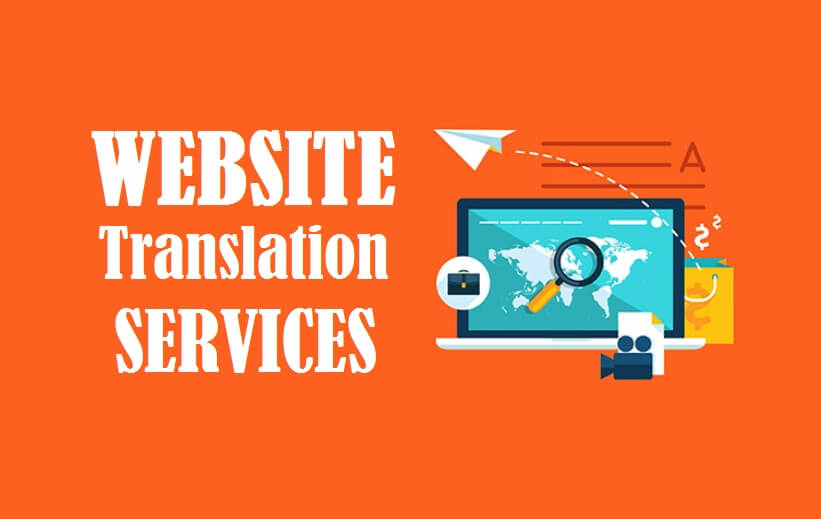In the era of presenting your business in the global market, software localization can be the major step for your international growth. Even if you’re not ready to expand beyond one area just yet, incorporating software localization into your product at the outset will save you a ton of labor and hassles in the long run. Software localization has an impact on every stage of development, from the interface and UX design to core engineering and functionality, as well as documentation, support, and marketing. In light of this, it is a wise idea for any software developer to gain a solid understanding of the effects of designing for various regions on the development process. Very few businesses have a strategic growth plan for localizing software. It might surprise you to learn that you even require localization, and if you’re just getting started, there will be plenty more. Although costly, time-consuming, and complicated, localization is a requirement for the accomplishment of your global expansion.
Learn the basics of software localization and how to effectively localize your website or app with assistance.
What is Software Localization?
The process of adapting a website, app, or any other sort of digital content to the recipient’s language, geography, and culture is known as software localization. In order to make the program appear and function as though it were specifically designed for the target user, their language, culture, and habits, it is necessary to adapt content to diverse cultural contexts by modifying its translations, design, and UX. What is the aim of such modifications? The final user must experience the product as naturally as possible.
● Localized content has the following effects on the recipient or end user:
● Very natural
● Understandable
● Straightforward and simple to use communicates your concern for and respect for your clients’ cultures.
Software localization entails modifying the software in numerous ways, ranging from development to carefully considered translations to design and marketing. The procedure calls for meticulousness and in-depth knowledge of the recipient’s culture and way of thinking. Each piece of content must be completely comprehensible by the audience and receive feedback naturally. User experience (UX) and localization are closely related since the globalization of software depend greatly on UX. Software localization services providers can localize content to enhance this encounter and solidify their connection with users and their experiences with the material as well as with using their website or application. They can design and develop software with the user’s experience, how they will use it, and if it will be easy, natural, and understandable for them to use, in their mind.
A diverse team at a localization services company performs the software localization process to its greatest ability because of the many benefits of software localization. The members of a whole software localization team will be:
● Project management with a focus on quality assurance, client relationship management, and high standards.
● All of the software’s on-screen text will be translated into the user’s language.
● The translated material will be edited and proofread to make sure it is accurate, acceptable, and user-friendly.
● All UI components and graphics will be modified by engineers, developers, and designers.
● Testers: It is the responsibility of localization testers to guarantee that a software product’s locale-specific versions provide a UX that is on par with the original.
The Challenges of Software Localization
The process of localizing software has its own issues in addition to what can be called the standard challenges of translation and localization. Of course, a qualified business can get over any obstacles by applying best practices for software translation.
❖ Clarity and consistency are frequent issues.
These are the two essential characteristics of good UX writing. Even throughout the translation, a skilled localization team will be able to keep them intact. However, the preferred tone of users may differ across countries, which makes the UX writing aspect of the software localization process more challenging.
❖ Display problems.
By 2025, according to a study, 72.5% of users will only use their smartphones to access the internet. As a result, responsiveness is not optional. While responsive design is essentially a given, localization-related layout adjustments may have an impact on how your product appears on particular mobile devices.
❖ Accuracy and relevance.
When there are two viable translations for a sentence or when the meaning of a sentence is unclear, linguists can make decisions by understanding the purpose of the software, who it is for, and why it helps users solve an issue. Your language partners can provide an accurate and completely functional localization by having a thorough understanding of the context of your app.
❖ Continuous localization.
Localization must be a continuous process if your software is frequently updated, changed, and enhanced. Localization is a continuous process. Any expansion plan needs to have a constant connection with a language services supplier. Particularly if you plan to grow and need your product to be available in a variety of languages. However, teams using an agile development methodology or gradually expanding upon a Minimum Viable Product will be especially prone to treating the software localization process as a continuing partnership since they will view their software product as a never-ending work in progress. In these situations, a corporation can find it challenging to manage the multilingual versions of its software without coordinated effort.
Why You Need Software Localization
Software translation allows you to target international audiences and expand your clientele from a business standpoint. Profit from this to build your brand and raise your sales. Additionally, localizing your software will improve the financial performance of your programs. When you incorporate it at the development stage of your work, changing your software from being appropriate for one language or country to being appropriate for several audiences simply requires a little amount of additional expense.
Conclusions about software localization
Reaching out to users and creating content specifically for them is the goal of localization. In a way, this approach benefits local communities, celebrates their linguistic and cultural diversity, and emphasizes the significance of these differences. Building a genuine and beneficial relationship between the service provider or software developer and its user is undoubtedly difficult, but it is worth it. It is not advisable to trust untrained linguists with the complex task of localizing software. It cannot be completed as a side project either. A flawlessly localized software product will ensure that you have a successful entry into your target market and convert strangers into both consumers and brand ambassadors.
Software localization professionals with almost five years of experience may be found at VerboLabs, which is one of the best software localization company. Localization is a service offered by professional translation providers to corporations, governments, and other organizations to enable them to interact with their audiences internationally. They make sure that the material of their clients is delicately adapted to the target market’s culture and is presented in a manner that their local audiences can understand. Your company has probably expended a lot of money creating, promoting, and maintaining your software. When done effectively, localizing your product enables you to boost revenue, market share, and customer pleasure by offering a solution that is applicable across geographies.



